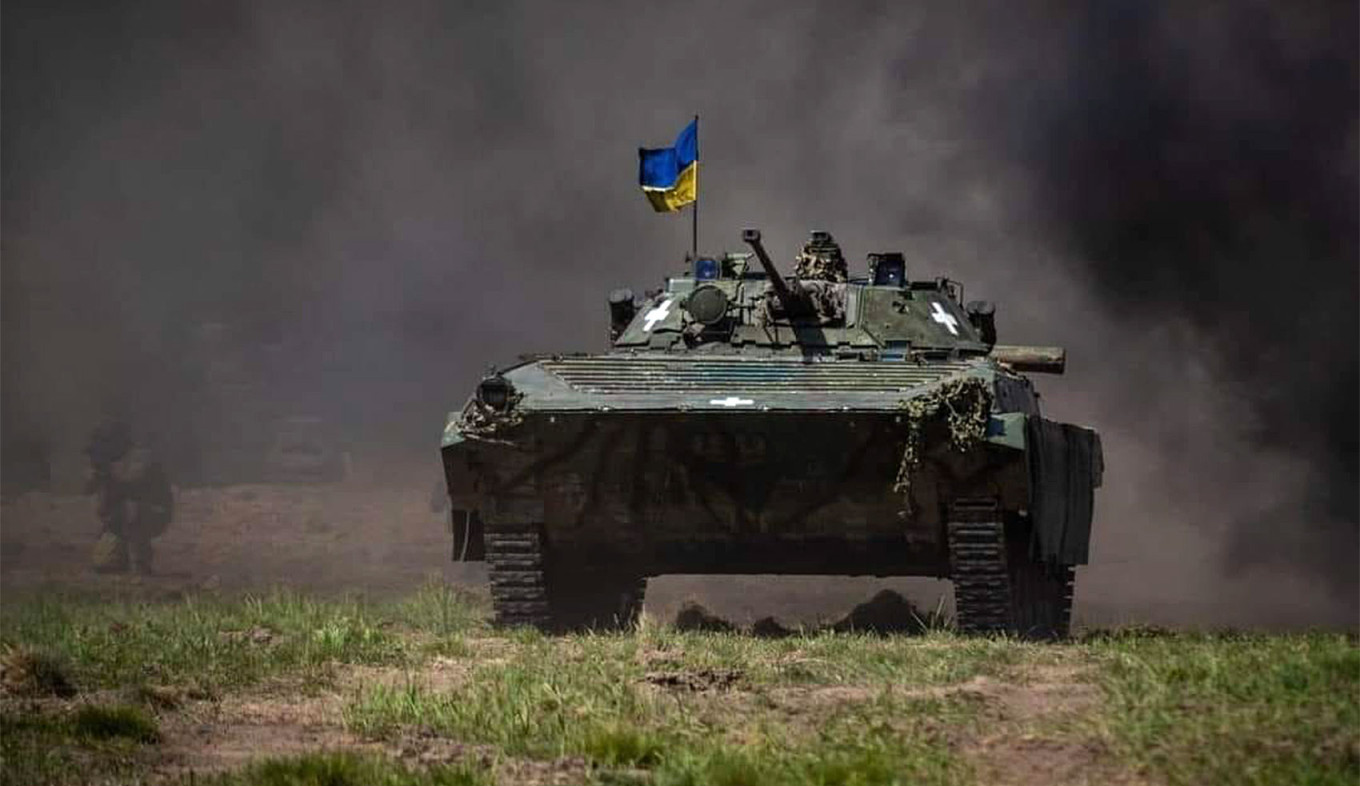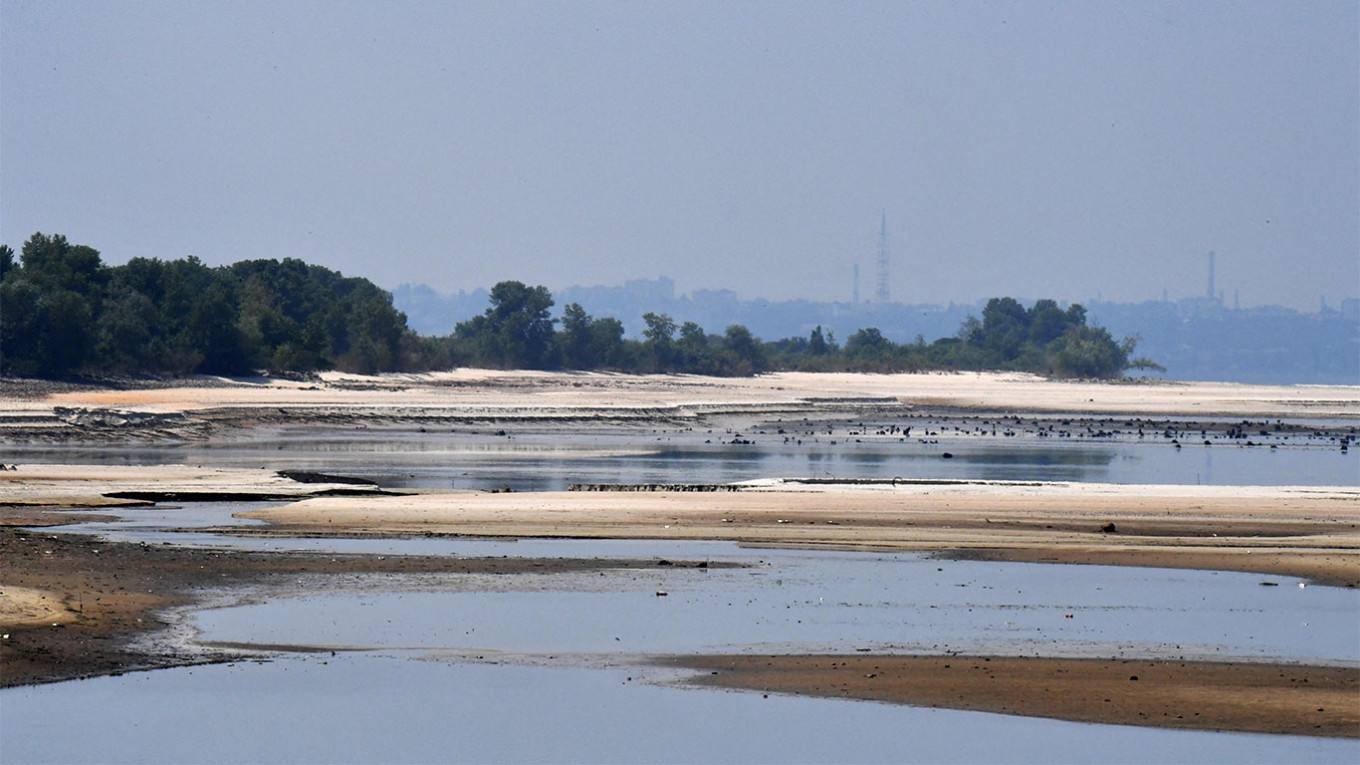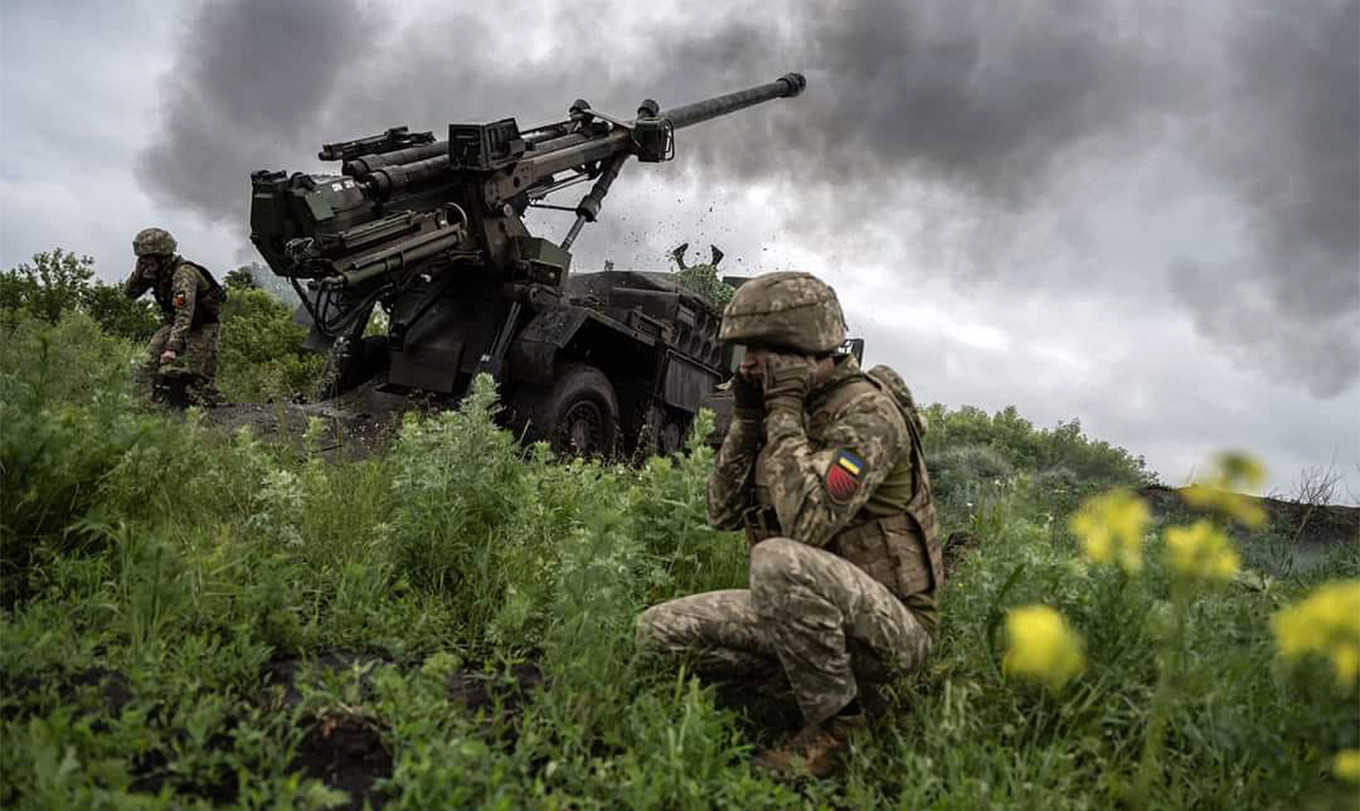The destruction of the Kakhovka dam and subsequent flooding in Ukraine’s southern Kherson region narrows Kyiv’s options on the battlefield as it pushes to retake territories occupied by Russia during its 15-month invasion, experts told The Moscow Times.
Despite hindering the strategic plans of both sides, the Kakhovka dam disaster is ultimately believed to be more beneficial to Russia rather than to Ukrainian forces, as they launch their long-anticipated counteroffensive.
Moscow and Kyiv continue to trade blame for the June 6 dam collapse, which flooded swathes of land downriver and sparked a major humanitarian and environmental crisis.
The New York Times reported over the weekend that evidence suggests Russian forces, which have controlled the dam since February 2022, triggered an explosion inside the dam’s structure.
Flooding has covered approximately 600 square kilometers of land at its peak, making it harder for both Moscow and Kyiv to ferry large military units across the Dnipro River in the contested Kherson region — likely changing the theater of war as a result, experts said.
Ukrainian presidential adviser Mykhailo Podolyak said that the Ukrainian command had to make adjustments to its counteroffensive plans due to the destruction of the dam, but noted that the incident would only “increase the desire to liberate the occupied territories.”

Before the dam’s collapse, military experts had named Kherson and Zaporizhzhia — two Ukrainian regions partially occupied by Russia’s military — as among the most likely starting points for Ukraine’s counteroffensive.
Recapturing territories in these regions would allow Ukraine to push further toward the Kremlin-annexed Crimean peninsula.
But after this month’s dam collapse, Ukrainian troops can no longer ford the Dnipro River to start a military offensive in the Kherson region, Russian analyst Yan Matveev said.
Nor can Kyiv use the threat of a landing on the Russian-occupied left bank of the Dnipro in the Kherson region to divert Russian attention away from the focus of military operations in Zaporizhzhia, Matveev said.
Despite this, experts believe the dam breach is unlikely to significantly change Ukraine’s counteroffensive plans in Zaporizhzhia.
It is more convenient for the Ukrainian armed forces to attack in the country’s southern regions since it is possible to move troops to this part of the front fairly quickly and ensure their consistent supply.
For Russia, meanwhile, the southern Kherson and Zaporizhzhia regions are the most remote combat zones. And unlike in the Donbas, there are fewer cities in these regions that Russia could use as strongholds.
Ukrainian military expert Oleksandr Kovalenko, an observer from the Information Resistance research project, called the dam’s destruction a deliberate and preemptive move by Russian forces, who feared a Ukrainian troop landing on the occupied bank of the Dnipro.
“Fording the Dnipro River would be complicated [now]. Landing on the opposite bank will result in heavy losses of troops bogged down in the wet ground,” Kovalenko said.
Ukraine is unlikely to attempt this for at least another month as a result, Kovalenko said.
“The descent of water from the flooded areas is expected no earlier than June 16. It will then take two more weeks for the soil to dry out completely, weather permitting. Thus, there is no need to talk about any fording of the Dnipro until July,” Kovalenko said.

Ukrainian officials have claimed the dam attack was organized and carried out by Russia for its own strategic benefit.
Ukrainian Deputy Defense Minister Hanna Malyar said earlier this month that Russia blew up the dam in order to free up its reserves and transfer them to Bakhmut and Zaporizhzhia, where the most active fighting is now ongoing.
On Monday, the British defense ministry said that Russia has “highly likely” started to relocate forces from the left bank of the Dnipro to reinforce its troops in Zaporizhzhia and Bakhmut.
The redeployment “likely reflects Russia’s perception that a major Ukrainian attack across the Dnipro is now less likely following the collapse of the Kakhovka dam and the resulting flooding,” the ministry said.

Kovalenko said the frontline in the Zaporizhzhia region is now more of a priority for Russia “because the front line in this area is unstable and faces a lot of pressure from Ukrainian forces.”
“The Russian Defense Ministry has built three lines of defense here, but they do not have enough troops to proportionally occupy it along the entire line of defense,” he said. “I also think that part of these forces can be used to cover the direction toward Mariupol.”
At the same time, moving troops away from the Kherson region will leave Russia’s positions there vulnerable, Kovalenko said. This may lead to more active efforts by the Ukrainian military there which Russia will not be able to push back.
“The withdrawal of Russian forces from the Kherson region is illogical, but experience and recent events at the Kakhovka dam show us that the Russian command rarely acts logically or rationally.”
Deputy Defense Minister Malyar said Monday that Kyiv had recaptured 113 square kilometers of territory since the launch of its counteroffensive, which started at almost the same time as the Kakhovka dam’s destruction.
These advances have been small and incremental, with a handful of villages in the Donetsk and Zaporizhzhia regions declared to have been recaptured.
Russian officials, including President Vladimir Putin, have repeatedly asserted that the counteroffensive has failed.
Yet many experts believe the flooding is ultimately incapable of hindering Kyiv’s counteroffensive.
Ruslan Leviev, the founder of the Conflict Intelligence Team which investigates Russian military and mercenary activity, said the dam’s collapse will not significantly disrupt the counteroffensive because Ukraine had not been planning to launch its offensive from Kherson in the first place.
Similarly, Kovalenko said that if Ukrainian forces had tried to ford the Dnipro River, they would have been met with a heavily mined left bank, three lines of defense and numerous strikes of the Russian artillery located there.
“Even if successful, this operation would have resulted in huge losses,” said Kovalenko.